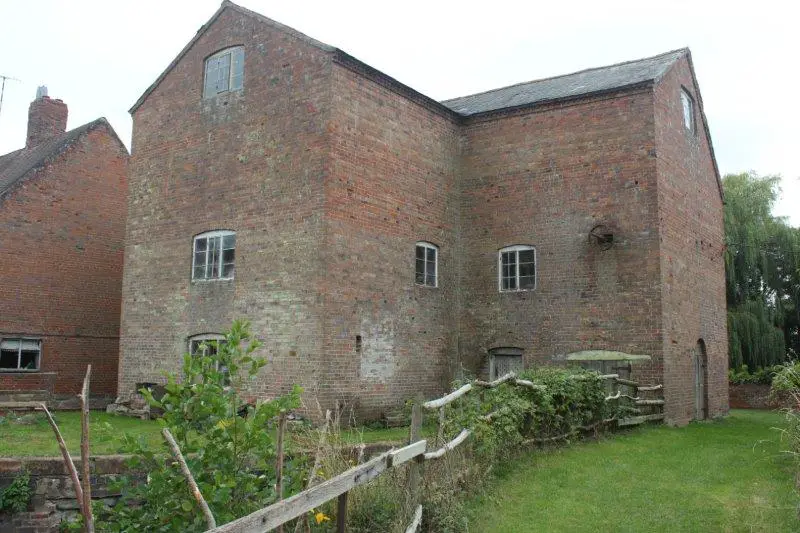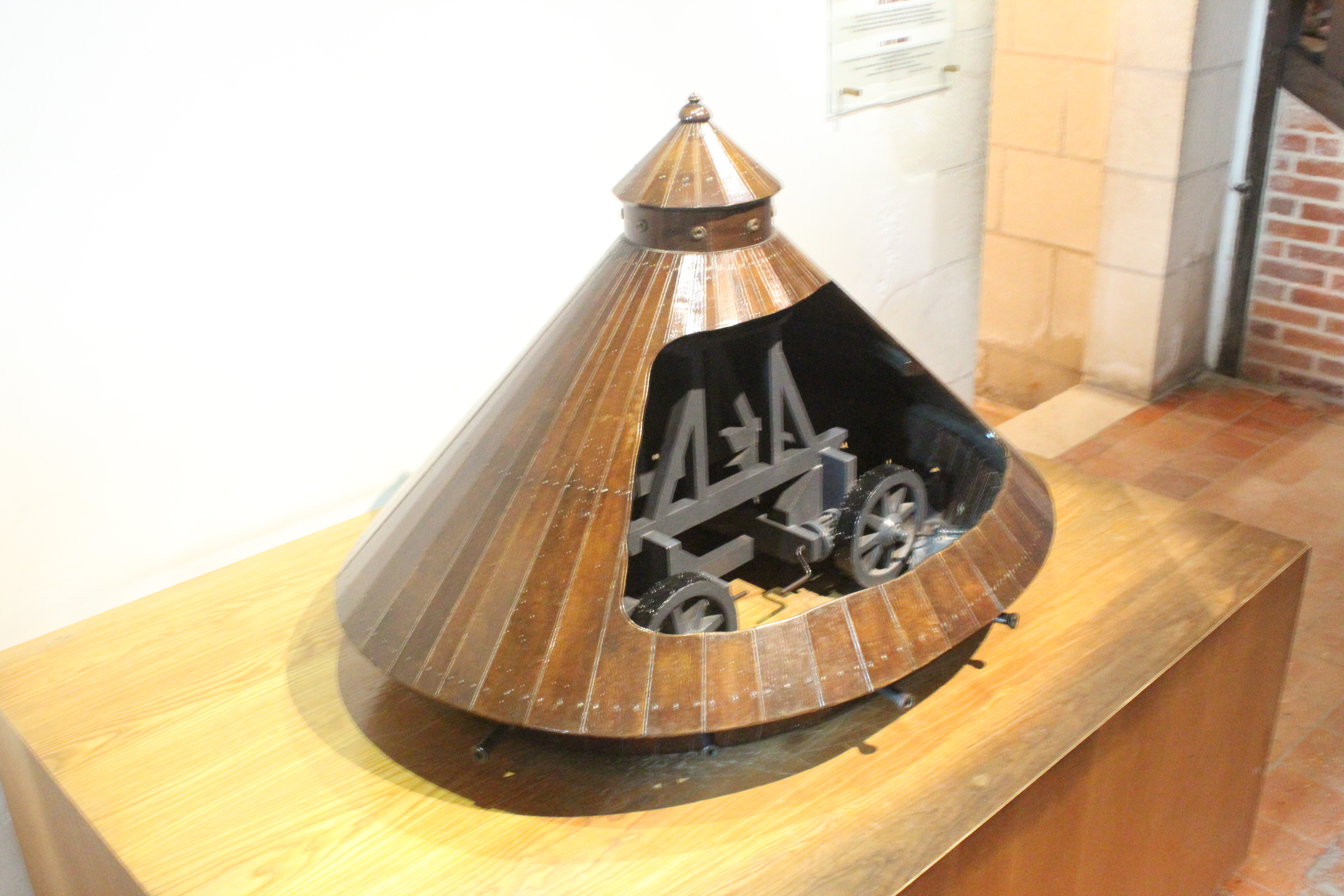The Royal Château of Amboise is located in France's beautiful Loire Valley. Its site on the Promontoire des Chatelliers rock spur above the River Loire has been an important site since Neolithic times because it served as an ideal observation spot and because it was where the Loire and the Amasse rivers merged. In the Iron Age, there was an oppidum (a large defended settlement) on the site and in the 11th century a castle was built there, serving as a home for the House of Amboise until 1434 when it was confiscated by King Charles VII of France after Louis d'Amboise was implicated in a plot against La Trémouille (Arthur de Richemont), a favourite of the king.
Charles's successor, Louis XI chose Amboise as the royal residence of his consort, Charlotte of Savoy, and their son,the dauphin (future Charles VIII), was born at the château in 1470. It soon became a favourite royal residence and was one of the homes of The French court from Louis XI to Francis I.
Charles VIII (1470-1498) is seen as the biggest architect of the château, ordering extensive building work to be done. He brought Italian architects and builders to France with the aims of turning it into "the first Italianate palace in France". His building work includes the building of two huge 'horsemen's towers', which allowed access from the town to the terraces of the château situated 40 metres above. Charles and his wife, Anne of Brittany, used the château as their permanent residence until his death in 1498. He was just twenty-eight when he died and died from hitting his head on a lintel of one of the château's doors. The French crown went to Charles's cousin Louis of Orléans who became Louis XII. Louis chose Blois as his main residence, but his cousin and heir, the future Francis I, was brought up and educated at Amboise. Louis, however, did continue the building work Charles had started, creating what is known as the Louis XII wing. Francis I became king in 1515 and he too continued the building work, refurbishing the Louis XII wing and adding Italian touches to the windows.
Francis I was a renowned patrons of the arts and in 1516 he invited Leonardo da Vinci to come to Amboise, naming him "The King’s First Painter, Engineer and Architect". Da Vinci resided at the Château du Clos Lucé (known then as the Château de Cloux), a small château just 400m from Château d'Amboise. Clos Lucé was actually linked to the Château d'Amboise by secret tunnels. Da Vinci died at Clos Lucé in 1519 and was buried in the Chapel of Saint-Hubert in Château d'Amboise.
Francis I's successor, Henry II (1519-1559), built a construction parallel to the Louis XII wing but it is no longer standing today. He and his consort Catherine de' Medici raised their children at Amboise along with Mary Stuart (Mary, Queen of Scots), who was betrothed to the Dauphin (future Francis II).
In 1560, there was the Amboise Conspiracy, or the Tumult of Amboise, which was a Huguenot plot to kidnap the young Francis II and take control of France. The conspirators attempted to storm Château d'Amboise on 17th March 1560 but were easily defeated. Godefroy de Barry, seigneur de La Renaudie, the main conspirator, was drawn and quartered, and his followers killed and their remains hung up on the château's façade. A peace treaty, the Edict of Amboise, was signed in 1563, bringing an end to the first phase of the French Wars of Religion.
The château began its decline in the early 17th century and served as a prison during the Fronde civil wars. A substantial part of the château was demolished during the French Revolution and even more was destroyed as planned demolition work in the 19th century after an engineering assessment. Fortunately, in 1840, it became listed as a "monument historique" and restoration work began. Although substantial restoration work has been carried out, and is still on-going, the château we see today is just one-fifth of the palace constructed by Charles VIII.
You can find out more about visiting Amboise at http://www.chateau-amboise.com/



Many of the rebels of Tumult of Amboise, were also hung all along the streets of the town too. The stench of so many rotting corpses, was so bad after a while that Mary and Francois has to move the court.
Didn’t Anne Boleyn spend part of her time with Queen Claude at Amboise?
Yes, that’s the reason I wanted to visit Clos Luce and Chateau d’Amboise. She would have known them from her time serving Claude.